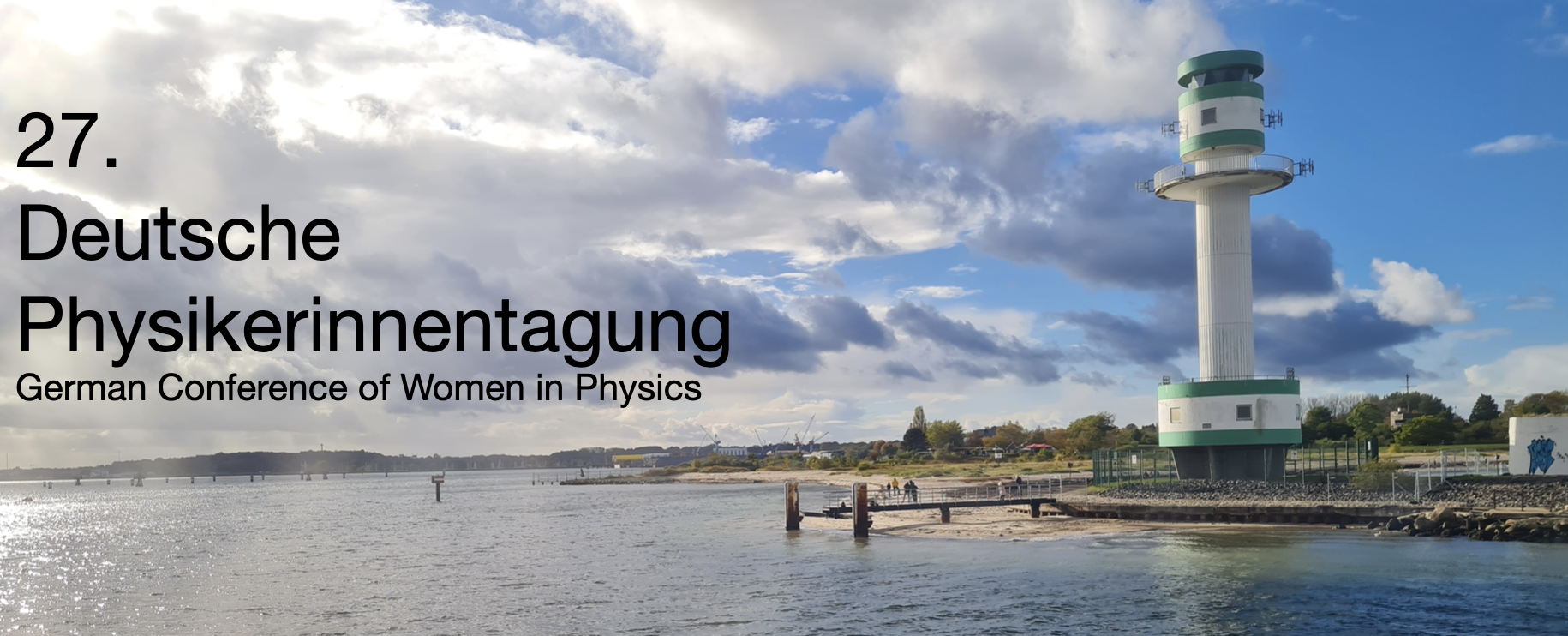Speaker
Description
The top quark holds a unique place in nature as the heaviest known elementary particle: with a mass comparable to that of a gold atom, it is the particle with the strongest coupling to the Higgs boson, which was discovered at the Large Hadron Collider (LHC) in 2012. The top quark considered one of the most promising probes of phenomena beyond the SM, such as additional Higgs bosons or heavy axion-like particle that could act as mediators to dark matter. It also stands out among the six quark flavours due to its extremely short lifetime (10-25 s), which is considerably below the timescale for hadronisation (10-23 s). It therefore decays before it can form a bound state (hadron), making it the only “bare” quark in nature.
This year, an unexpected excess of collision events with a top quark-antiquark pair was observed by the ATLAS and CMS Collaborations at the LHC. This excess occurs in a region where the quark and antiquark are slow moving (non-relativistic). It is consistent with the formation of a fleeting union of the top quark and antiquark in which the quark and antiquark exchange one or two gluons – the early stages of hadronisation – before one of them decays. This short-lived quasi-bound state, commonly referred to as toponium, was predicted as early as 1987 but its observation at the LHC was deemed impossible due to technical constraints. Its recent discovery is an impressive demonstration of the capabilities of the LHC experiments and the collaborations operating them. Its further study will allow particle physicists to study the early stages of hadron formation in the heaviest quark and search for potential deviations from the SM that could point us toward yet undiscovered phenomena.
In this talk, I will introduce the intriguing properties of the top quark and review the experimental and theoretical progress that lead to this recent discovery. I will also provide an outlook on the exploration to come and the things we can learn from the study of this new state of matter.

